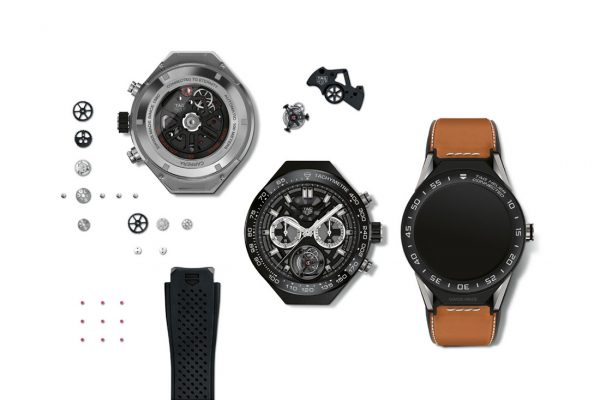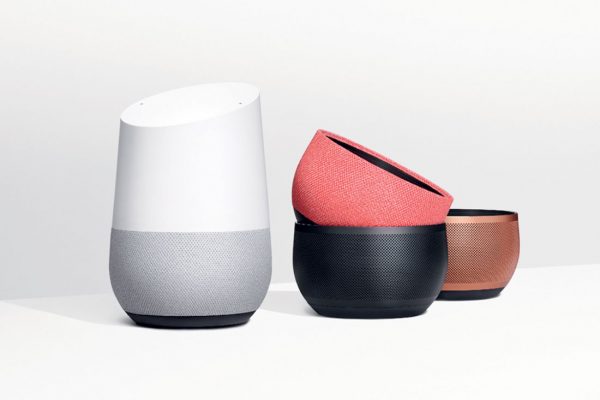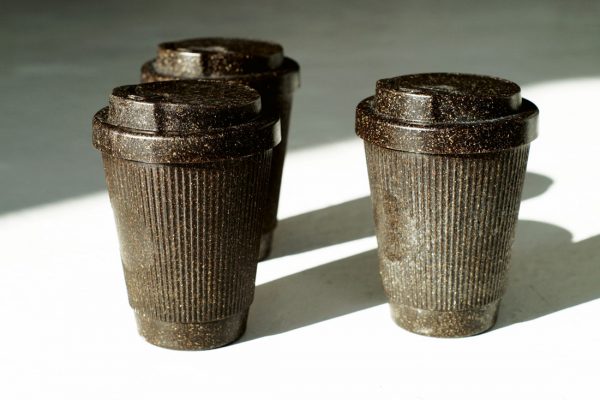The winners in the 2018 edition of the competition have been selected, and in the lead up to the awards ceremony, Red Dot has revealed the key trends emerging in this year’s competition.

Jurors Prof. Jure Miklav, Prof. Song Kee Hong and NilsToft at the jury session
April 10th, 2018
What are the ingredients of a winning product in the prestigious Red Dot Award: Product Design? “It is becoming much more complex to be successful as products become more connected to our emotional and aspirational ambitions,” says Red Dot juror and design strategist Michael Thomson.
It’s easy to imagine how difficult the jury’s task was. This year they sifted through 6,300 entries from companies and designers in 59 countries to select just 69 ‘Red Dot: Best of the Best’ awards. An indication of the high quality of this year’s entries is that they awarded 1,684 ‘Red Dot’ awards as well as 45 honourable mentions. What did they find? Here are three key trends and a sneak peak at a few of the winners:
Thomson noticed a greater breadth of variety within the award categories, and an increasing level of quality. Fellow jury member Thomas Lockwood, an influencer in the field of innovation, sees the improving quality as a sign that companies increasingly define good design as a success factor for staying afloat in the market.
‘Best of the Best’ winner TAG Heuer Connected Modular 45 Luxury Kit impressed the jury with its modular design, which allows the case, lugs, strap and clasp to be interchanged.

In the ‘Smart Home’ field, the jury noticed how technology is becoming more invisible and the ways we use products is becoming more intuitive.
For example, one of the ‘Best of the Best’ winners is Google Home – a smart speaker that also functions as a personal digital assistant to help with day-to-day tasks. It does not have any visible buttons or keys, but instead is operated via an inconspicuous touchscreen. The use of fabric allows the technology to disappear into the background.

Many of the award-winning products feature a combination of innovative and sustainable materials. For example, ‘Best of the Best’ winner Kaffeeform Material, designed by Julian Lechner and submitted to the competition in coffee-cup form, is made from used coffee grounds. Carbon neutral and recyclable, it offers a viable alternative to the use of petroleum-based raw materials.
“We are talking about a product that many of us hold in our hand much too often and for much too short a time in plastic form. With ground-breaking products such as this ecological coffee cup, we are taking a step in the right direction”, explains materials and surfaces expert and juror Katrin de Louw.

Who else is among the ‘Best of the Best’ winners this year? Red Dot has released just a handful of names ahead of the 9 July award ceremony at the Aalto-Theater in Essen, Germany: Apple, Bulgari, Canyon Bicycles, Ferrari, Lenovo, LG, Philips, Porsche, Sony and Veryday. With names like that, the line up of wining products is sure to be impressive. Stay tuned!
INDESIGN is on instagram
Follow @indesignlive
A searchable and comprehensive guide for specifying leading products and their suppliers
Keep up to date with the latest and greatest from our industry BFF's!

It’s widely accepted that nature – the original, most accomplished design blueprint – cannot be improved upon. But the exclusive Crypton Leather range proves that it can undoubtedly be enhanced, augmented and extended, signalling a new era of limitless organic materiality.

A curated exhibition in Frederiksstaden captures the spirit of Australian design

The announcement of Volker Haug as this year’s recipient of the Melbourne Design Week Prize starts the event on a high note.

The one-year residency scholarship in Cologne is entering its second round, so postgraduate architects and city planners from all over the world are now invited to apply.
The internet never sleeps! Here's the stuff you might have missed

A curated exhibition in Frederiksstaden captures the spirit of Australian design

The Naomi Milgrom Foundation has announced that the MPavilion, designed by Tadao Ando, will stay in Queen Victoria Gardens for five more years.